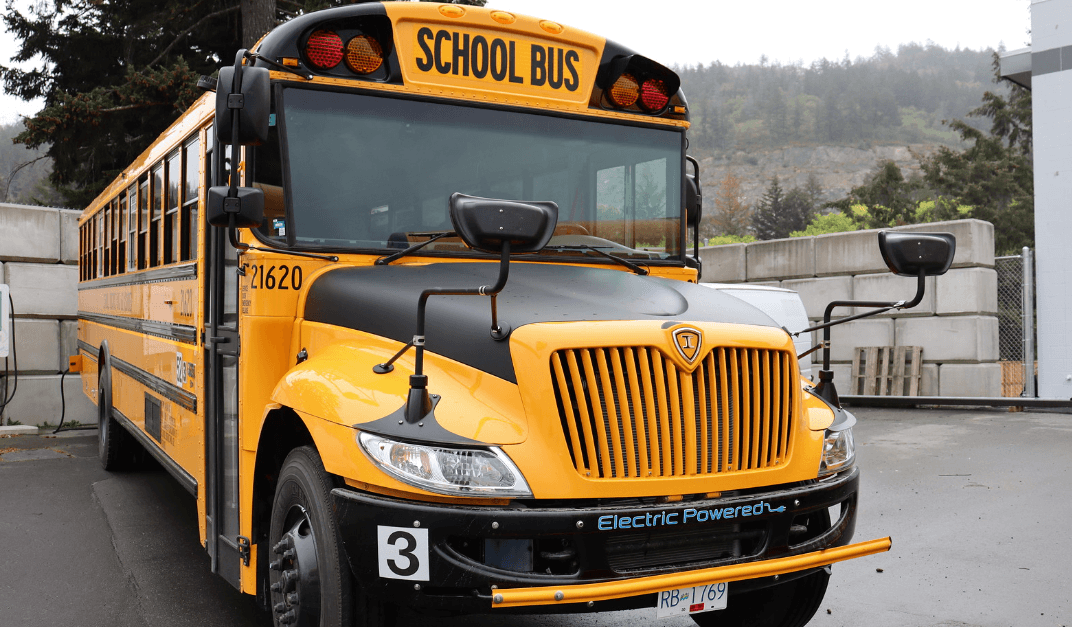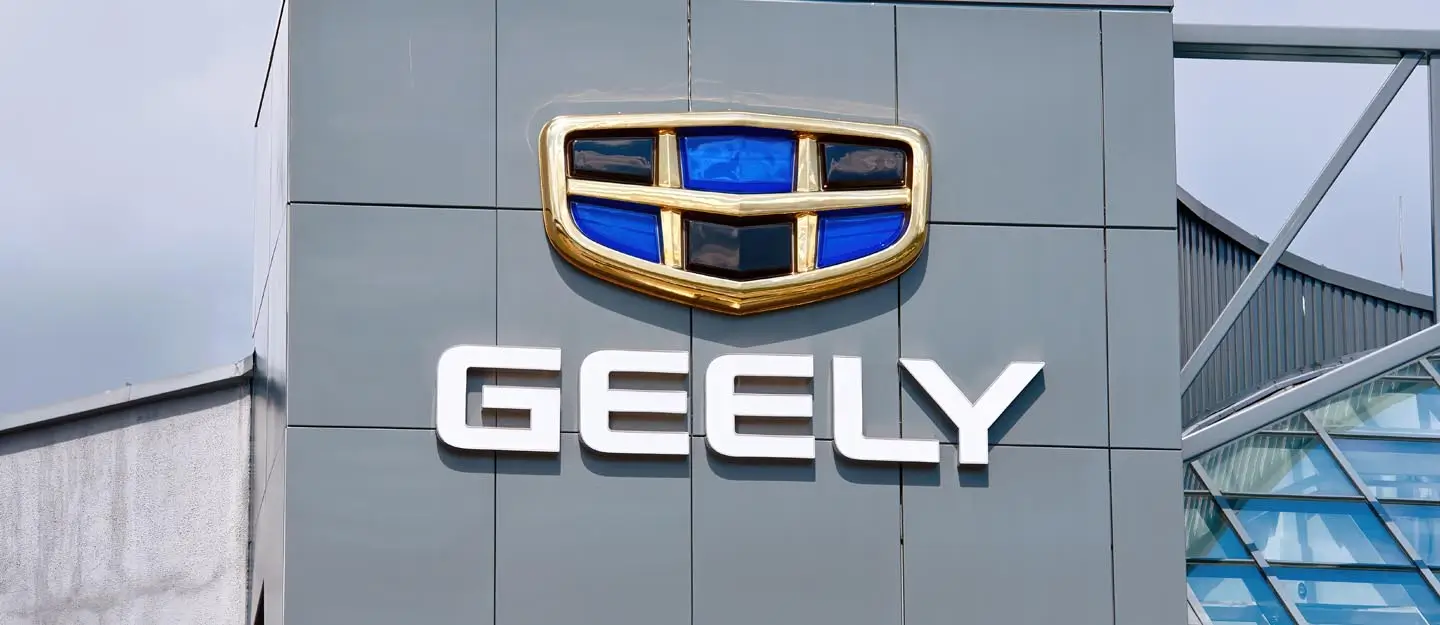Electrifying Education: The Rise of Electric School Buses (PDF)
Electric school buses are rapidly becoming a familiar sight on American roads. In 2023, the State of Sustainable Fleets report revealed that 2,400 electric school buses were ordered in the United States. While this number may seem small compared to the estimated 500,000 school bus fleet in the country, the Environmental Protection Agency (EPA) has allocated $5 billion between 2002 and 2026 to support the adoption of cleaner buses, including those with low-emission technologies like compressed natural gas (CNG), propane, and electric power. This funding initiative has attracted the interest of numerous companies eager to participate in this growing market, as evident at the recent Advanced Clean Transportation Expo held in Anaheim, California.

Prominent Manufacturers and Innovative Exhibits
During the expo, prominent manufacturers such as Blue Bird, BYD, and Lion Electric showcased their battery-powered buses, while the GreenPower Motor Company exhibited their innovative Nano Beast bus. In an exciting announcement, Ford unveiled its plans to accept orders for a new school bus upfit kit compatible with their all-electric E-Transit model.
Ford’s E-Transit offers a versatile range of configurations designed to meet diverse transportation needs. School districts can choose from an array of options, including three roof heights and three body lengths, allowing for customization as chassis cabs, cutaways, or cargo vans. At the heart of these electric buses lies a robust 125.0-kWh lithium-ion battery, empowering them with an impressive estimated range of approximately 120 miles.
To cater to the requirements of longer journeys, Ford will also introduce an extended-range model, boasting an extended capacity of up to 180 miles. This extended-range option proves particularly valuable for electric buses operating in rural areas, where travel distances can be more substantial, especially in challenging winter conditions. With its extended range, the E-Transit ensures reliable transportation, making it well-suited to serve the needs of school districts across a variety of environments and climates.
Partnership and Safety Features
Ford has partnered with Collins to convert the E-Transit into a school bus by equipping it with the Type A School Bus Prep package. After installation of the package, the final configuration can hold up to twelve seated passengers or eight passengers with two wheelchairs, with safety glass and a dual-note horn among other standard safety features. The vehicle also has the potential for Ford’s Pro Power Onboard feature, allowing electronic devices access to its electric battery for added user convenience.
Another standout exhibitor at the expo was Lightning eMotors, showcasing their ZEV4 electric bus. Lightning utilizes General Motors’ 4500 platforms as the base for their EV, incorporating their own powertrain system powered by Proterra batteries. Crash testing was conducted to meet safety standards, solidifying Lightning’s status as an approved electric specialty vehicle modifier for GM. The significance of vehicle-to-grid devices in their electric buses was also highlighted by Lightning, further emphasizing their commitment to innovative and sustainable transportation solutions.
Contrary to popular belief that the power grid cannot support widespread electrification, Bettis clarified that it’s not a grid problem but rather a balance problem. He stated that sufficient power is generated, but the distribution is imbalanced due to the majority being produced during the night when demand is low. Electric school buses present an opportunity to address this issue through “demand response” and V2G technology.
By charging the buses with low-cost energy during the night when they are parked at the depot, and subsequently exporting excess power back into the grid during the school day, electric school buses can contribute to balancing the electric load. Although reliable V2G technology is not yet available, simulations conducted during the California E-Bus to Grid Integration Project demonstrated the potential benefits for bus owners, including utility cost reductions once the technology is operational.
Cost-Saving Opportunities for School Districts
Apart from their potential grid-balancing capabilities, electric school buses offer cost-saving opportunities for school districts. While commercial vehicles are typically expensive due to customization requirements, upgrading from diesel buses to electric models can be achieved at a low or no cost for some schools. Governments at various levels are providing funding programs to support the transition to cleaner fleets. In addition to the EPA’s $5 billion initiative, states like California and Colorado have their own incentive programs, and there are additional funds available through acts such as the Inflation Reduction Act (IRA). Nick Bettis explained that by taking advantage of these funding sources, schools can significantly reduce the cost of electric buses, thereby approaching price parity when compared to traditional buses.
As electric school buses gain momentum across the country, they bring substantial benefits, including reduced emissions, improved air quality, and potential cost savings for school districts. With major automakers like Ford and companies specializing in electric vehicle conversions like Lightning eMotors actively participating in this market, the electrification of school transportation is set to accelerate, paving the way for a greener and more sustainable future.




